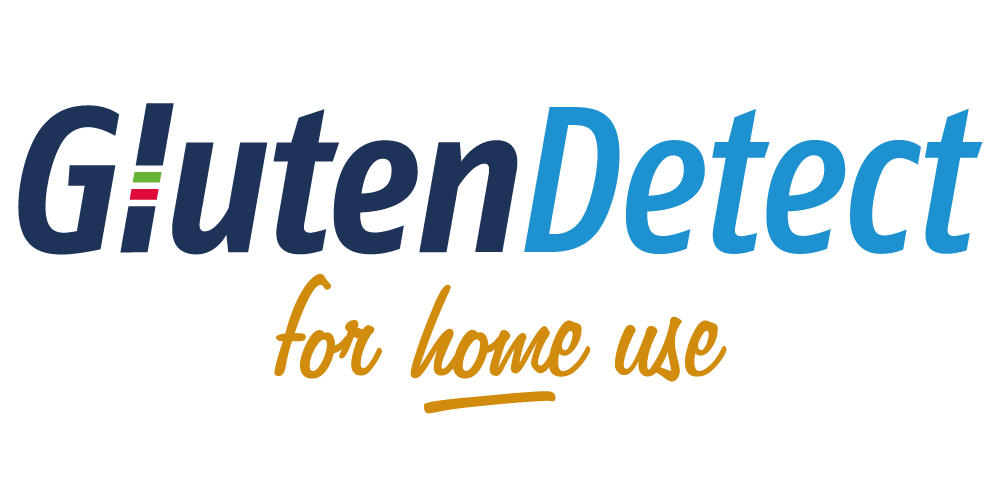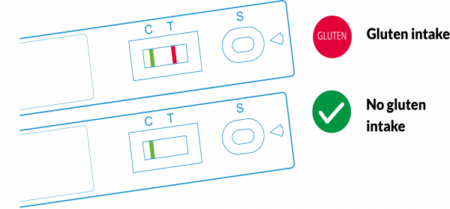Reading Your Test Results
For urine, consumption in the past day.
For stool, consumption over previous 2+ days.
Read the Results
Positive test result? Here are some common hidden gluten sources:
Ongoing symptoms, unclear reason
View Solution
Review the common scenarios above to determine where you may exhibit risky behavior. Utilize an elimination diet if you have to by cutting back to naturally gluten-free, unprocessed foods you make yourself, and then slowly introduce higher risk foods while continuing to test your urine and stool. Keeping a food diary might help you to identify patterns. Some people experience symptoms hours or days after an exposure, so it might be difficult to pin down the exact source of gluten. Don’t be discouraged, though. Thankfully, new tools like Gluten Detect can help you identify the clues of your discomfort and, ultimately, help you take control over your health once again.
Restaurant Dishes
View Solution
Know what menu items are at high risk for including gluten-containing ingredients, like batters, soups, sauces and garnishes. Ask specifically what ingredients are contained in dishes you are considering and how those dishes are prepared. If the food looks different than you expect, confirm that the meal is gluten-free directly with the chef, if possible. Ask about what kind of training the restaurant has had and avoid substitutions when possible as this commonly prompts inadvertent mistakes.
Restaurant Cross-Contact
View Solution
Restaurant practices vary dramatically, even those that offer a designated gluten-free menu. It’s critical that you ask questions to understand all of the ingredients used and the processes used to prepare your meal. Ask to speak to the chef or general manager and know the common questions to ask based on restaurant risks, including: buffets, grilled items and baked goods that may have been prepared in a shared kitchen. Ask about what kind of training the restaurant has had and avoid substitutions when possible as this commonly prompts inadvertent mistakes.
Home Cross-contact
Solution:
Know the common sources of cross-contact in the home and where gluten can easily hide. Flour can remain in the air for 24-48 hours and can settle on countertops, plates, etc. Sponges can transport gluten around your kitchen without you realizing it. Condiments can be a problem and are less risky when utilized in squeeze bottles. Finally, there are some common culprits in the kitchen including shared colanders, shared toaster racks and inside cabinets where flour and other foods are stored.
Social Setting Cross-contact
View Solution
Always ask questions and be diligent with your host, whether it’s someone you know or someone you have never met. Know the common questions to ask based on the risks you see, including: buffets, grilled items and baked goods that may have been prepared in a shared kitchen. Eat first if you can to avoid feeling desperate enough to take risks and always bring back up food if you can. When in doubt, go without.
Trace gluten in foods labeled ‘free’
View Solution
The Food and Drug Administration allows products to be labeled gluten-free if they contain less than 20 parts per million of gluten. Some people on a gluten-free diet may be more sensitive, however. If you are using the stool test and confirm that you are ingesting trace amounts of gluten, restrict your diet to foods that are labeled gluten-free or are naturally gluten-free and not processed, if possible. This may eliminate small traces of contamination in your diet.
Gluten in processed foods labeled ‘free’
View Solution
Use products labeled gluten-free whenever possible and call the manufacturer to determine if they engage in product testing for gluten. While the addition of a wheat-based ingredient must appear on a product label, many naturally gluten-free ingredients (like oats) can come into contact with gluten in the process of growing, transporting and packaging. And rye and barley don’t need to be called out on a product label. It’s critical that you learn to identify high risk ingredients (like yeast, which can be made from brewer’s yeast) and naturally gluten-free grains, and also learn where gluten is likely to be hidden. If you eat a diet high in processed foods, you may want to cut back on these foods in approaching your diet in a stricter way.
Hidden gluten in naturally gluten-free ingredients
View Solution
Use products labeled gluten-free whenever possible and call the manufacturer to verify if a product you would like to consume is tested for gluten. If they don’t, try eliminating these ingredients one at a time to see if your test results improve. Single-ingredient foods are typically at low risk for gluten contamination, but all foods that have been processed in any way (chopped, de-skinned, etc) can come into contact with gluten containing ingredients in the process of growing, transporting and packaging.








